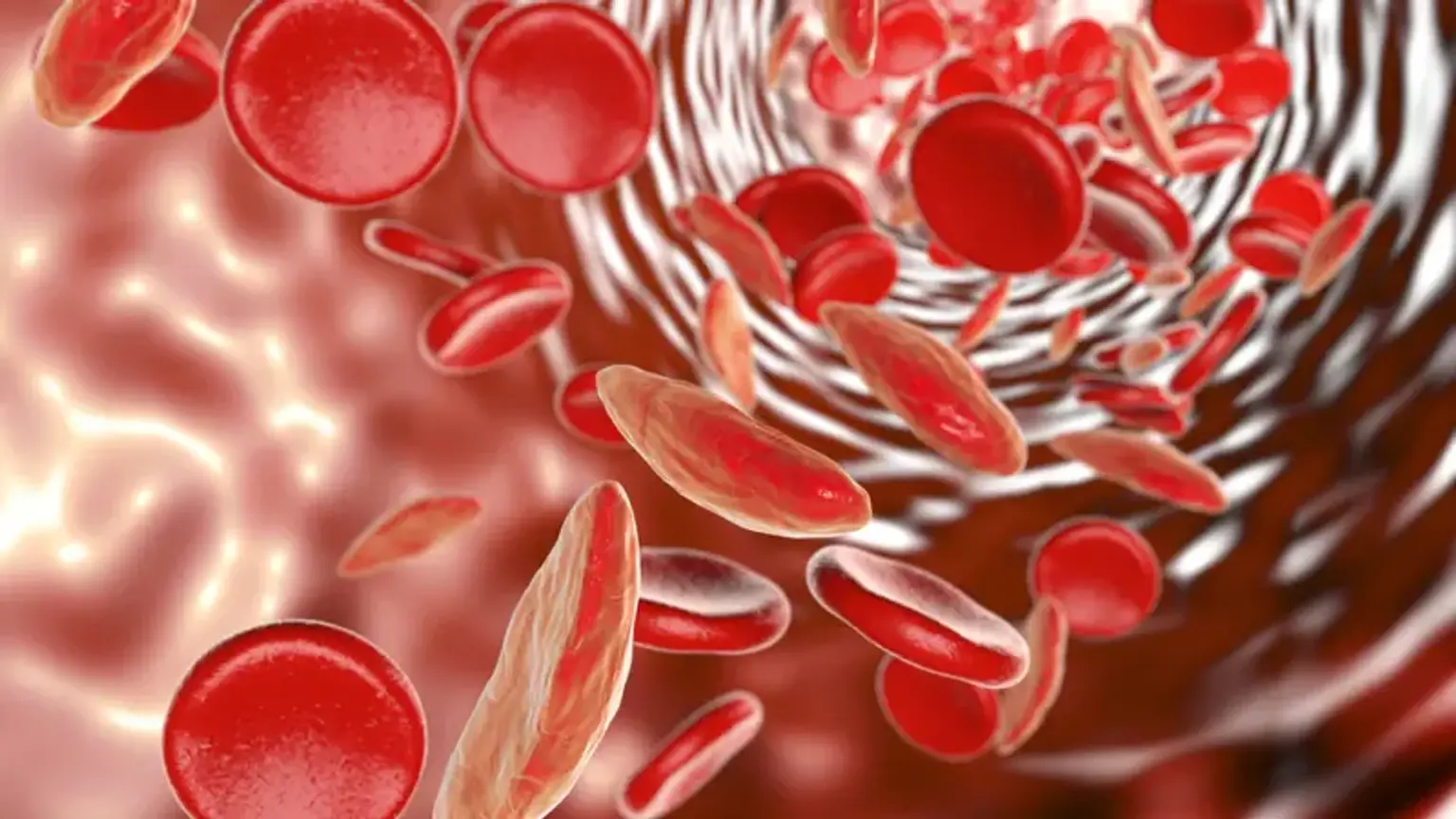Overview
White blood cells, red blood cells, platelets, and plasma are the four components of blood that assist oxygenate our organs and tissues, fight infections, and form clots to stop bleeding. These components, however, may also signal the existence of anomalies, which can lead to blood malignancies. This is where hematology-oncology comes in.
Different types of cancers and blood-related disorders are the most chronic and life-threatening health conditions. They can develop in both children and adults and can alter the overall wellness or trigger other diseases. As such, early diagnosis and taking preventive measures is essential in preventing more damages.
Hematology-oncology medical specialty is concerned with such issues. It focuses on various conditions ranging from minor to severe cases affecting patients of all ages. The primary aim of this field is to restore standard health and enhance the quality of life.
